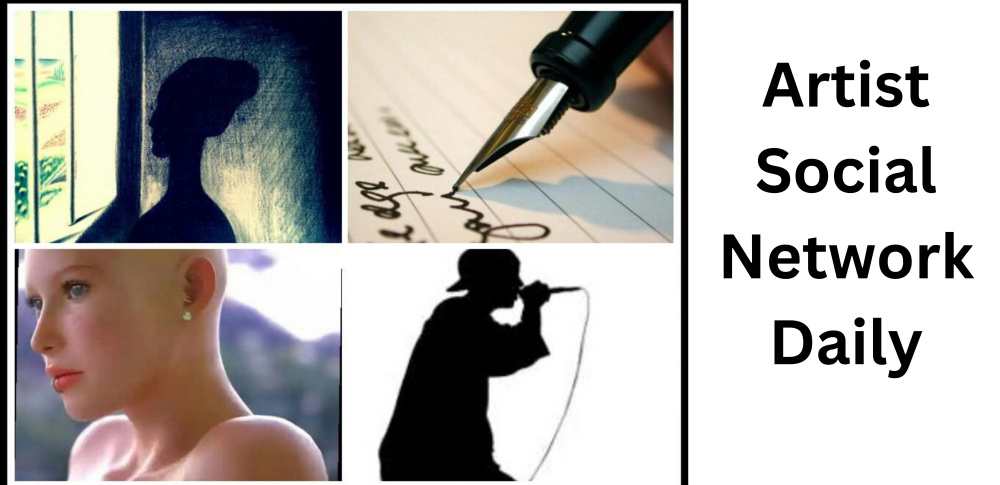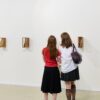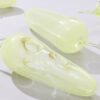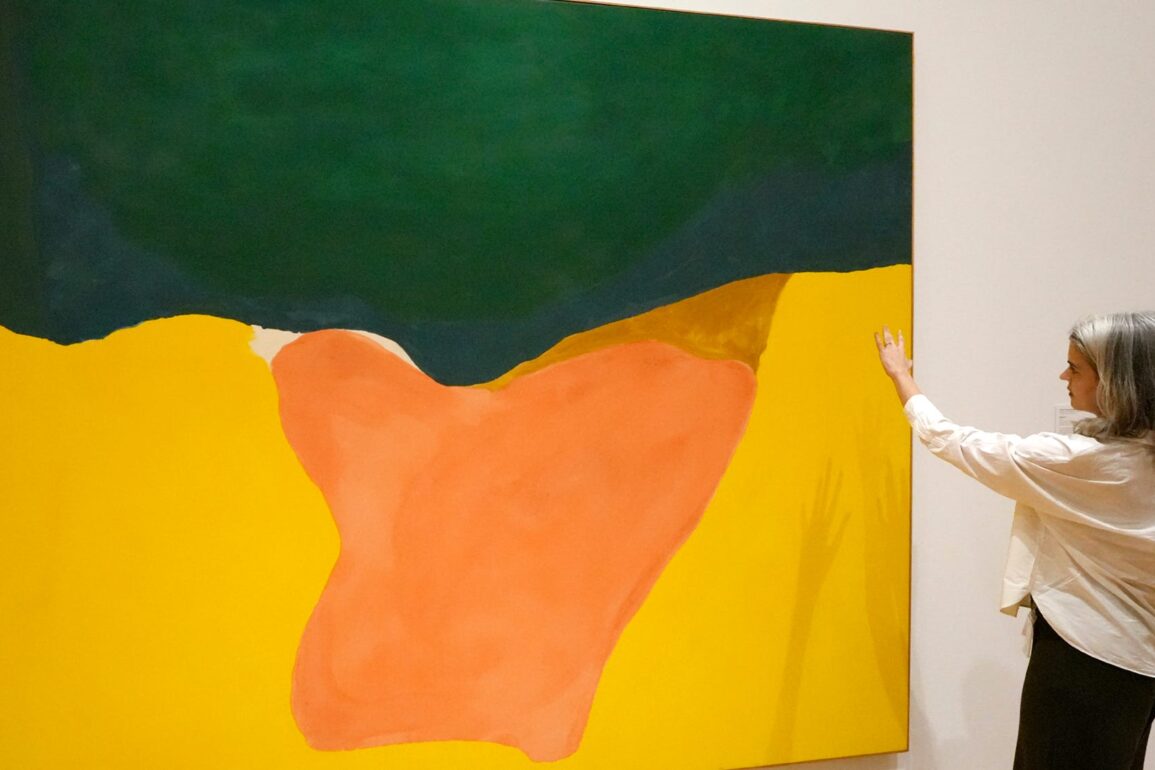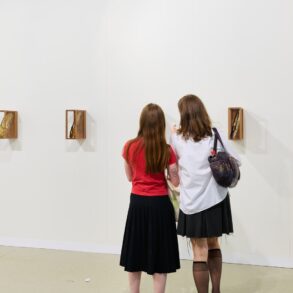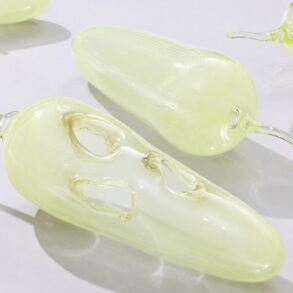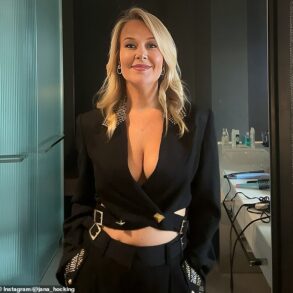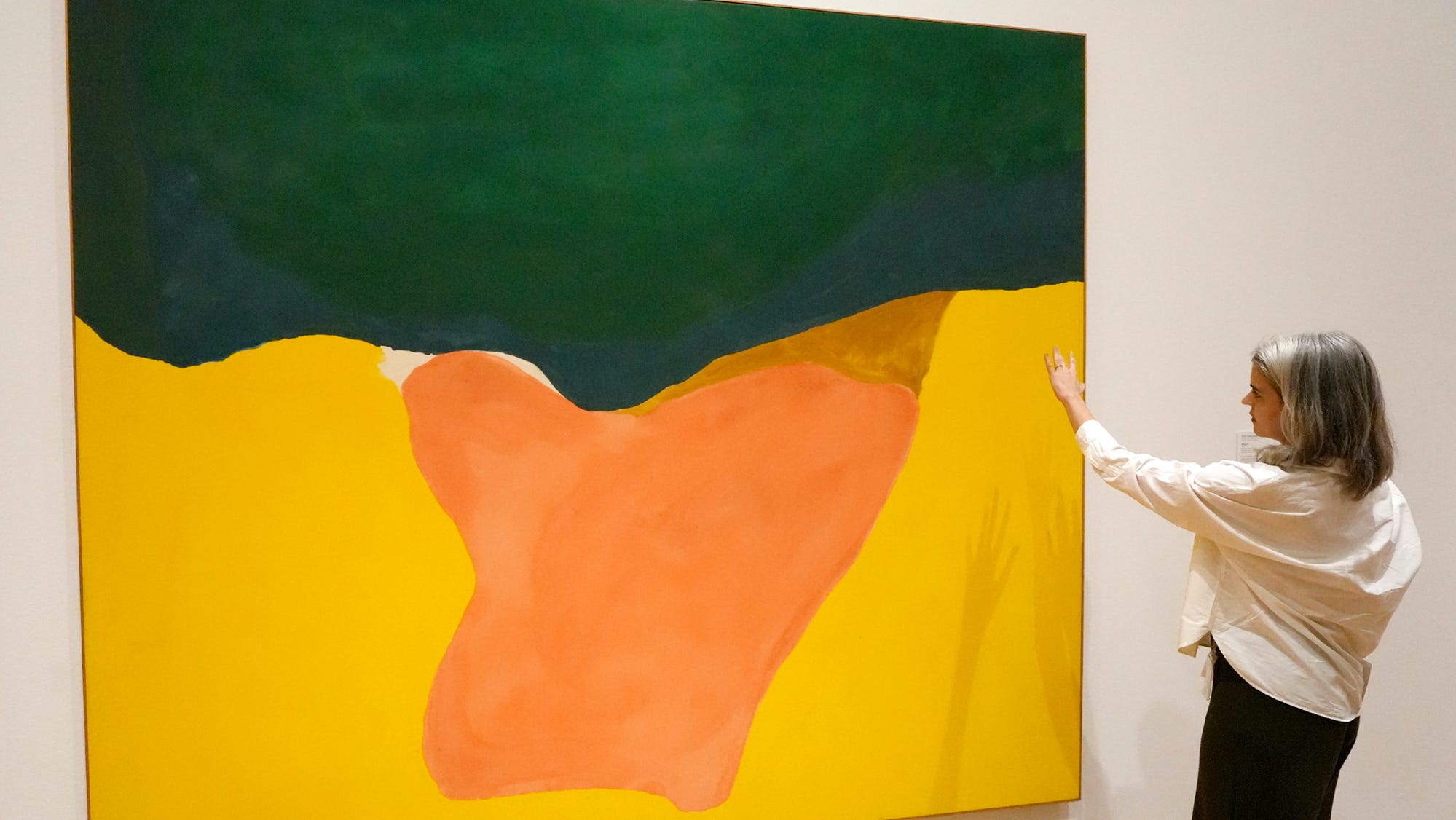
Opening night of ‘She Said, She Said’ exhibit at Akron Art Museum
The Akron Art Museum hosted an opening night party March 21 for “She Said, She Said,” an exhibition that runs March 22-Aug. 10.
Provided by the Akron Art Museum
It comes as no surprise that female artists have a lot to say. The diverse perspectives of women artists and their contributions across generations, cultures and disciplines are celebrated in the Akron Art Museum‘s newest exhibition “She Said, She Said.”
The show’s title is a commentary in itself. It’s a spin on the old “he said, she said” expression indicating an inability for a man and a woman to come to an agreement or conclusion, whereas the exhibition title “She Said, She Said” reflects women’s forceful opinions and powerful voices.
The traveling exhibition, which opened Saturday and was curated by Jeff Katzin and Wendy Earle, features 43 works by 37 female artists born in the last century, including 12 from other nations. Their works include painting, photography, sculpture, video and installation.
“One of the remarkable things about this exhibition is that it’s a kind of multigenerational look at what femme artists are working on right now, and so we have both kind of an older generation and a younger generation speaking to one another,” said Jenny Gerow, new chief curator for the Akron Art Museum.
The Akron Art Museum has partnered again with the Rubell Museum of Miami, which has loaned 38 of the works for the show. Another work is on loan from Art Bridges and four are from the Akron Art Museum’s collection. The Akron Art Museum last partnered with the Rubell Museum for the “Keith Haring: Against All Odds” show in 2023.
One of the goals of “She Said, She Said” is to make bold, diverse art accessible to the community, said Executive Director and CEP Jon Fiume. In doing so, the four Akron collection pieces are also presented in conversation with the Rubell exhibition works.
“She Said, She Said” is organized by themes including the body, appropriation, gestural abstraction and representation and self.
One of the first works that visitors see walking into the exhibit is Swedish artist Cajsa von Zeipel’s “Fluff You, You Fluffin’ Fluff,” an outlandish sculpture made by the artist, born in 1983, from resin and a long list of mixed media.
The aqua resin in this purple-hued sculpture of a woman looks like dripping candle wax and Zeipel’s mixed media runs the gamut, from rubber eggs and a mini mermaid tail to stuffed animal puppies, barbed wire socks and stirrups. Molded partially by the artist’s own body, this female figure appears to be kneeling on a saddle, surrounded by references to consumerism.
Another work commenting on consumer excess is German artist Isa Genzken’s “Schauspieler,” featuring a mannequin dressed in leather and other garments from the artist’s own wardrobe, with taped-on accessories including a shower curtain-type sheet of striped plastic.
“What does it mean to kind of dress up and represent, whether it be the present moment or something in the past?” Gerow asked of the work by Genzken, born in 1948, shown next to the work of younger artist von Zeipel.
Also part of the exhibit’s representation theme is Murjoni Merriweather’s “ADHARA” ceramic sculpture, featuring hand-braided synthetic hair as it focuses on normalizing Black hairstyles as a way to combat stereotypes.
The new exhibition contains mature content including nudity, sexual themes and references to violence. The latter includes Iraqi Artist Hayv Kahraman’s 2009 oil painting “Migrant I,” which references “honor killings” of women in her native country.
Artists serve as own models in several ‘She Said, She Said’ pieces
Cindy Sherman’s “Untitled Film Still (#21)” from 1978 is also featured, one of four works in the show from the Rubell Museum by the photographer, who was born in 1954. Serving as her own model, photographer and director, Sherman says her photos of herself, including #21, where she appears as a Hitchcockian career girl, are not self-portraits because she so heavily alters her appearance.
In Nina Chanel Abney’s large acrylic diptych “Class of 2007,” the Black artist comments on the disproportionate number of white students in her Master of Fine Arts program at Parsons as well as the disproportionate number of Black males in prison by reversing perspectives. Abney, born in 1982, was the only Black student in her art cohort.
She reverses perspectives in her painting, depicting herself as a white prison guard with her white MFA classmates depicted as Black prisoners.
Across from Abney’s painting is her mentor Mickalene Thomas’ “Portrait of Qusuquzah #5,” a mixed-media portrait of a Black woman with richly painted skin and vibrant rhinestones.
Appropriation theme depicted by female artists
Throughout “She Said, She Said,” women artists are “reinserting themselves into the canon of art history and being seen,” sometimes through humor and play, Gerow said.
In Jewish artist Deborah Kass’ 1992 “4-Color Barbara,” part of her “Warhol Project,” she adopted Andy Warhol’s screen printing of iconic American celebrities to feature her own idol, her “Jewish Jackie” Barbra Streisand. The moniker is a reference to Warhol’s images of first lady Jacqueline Kennedy Onassis.
Defying objectification of women
Eight works in “She Said, She Said” highlight female artists protesting male artists’ objectification of women in art. They include a 1989 Guerrilla Girls lithograph, an iconic piece from the Akron Art Museum collection that features a gorilla head on a nude female figure from Jean August Dominique Ingres’ 1814 “Grande Osalisque.”
Verbiage on the lithograph challenges the male status quo dominating the art world, saying, “Do women have to be naked to get into the Met Museum?” The poster goes on to say that fewer than 5% of artists in the Met’s modern art sections are women, but 85% of the nudes there are female.
In another iconic work from the Akron Art Museum collection, Japanese-born Yayoi Kusama’s “Chair” features sewn and stuffed cloth pouches in the shape of soft-sculpture phallic objects that protrude from a chair, contrasting with the “women’s work” of sewing.
In Allison Zuckerman’s “Time Away,” she explores what it is to be a woman rather than a man depicting a nude woman. Her work is a reference to art history, including Édouard Manet’s famous painting “Dejeuner sur l’herbe,” with female nudes reposing in a garden. Her painting features grotesquely large hands, several Disneyesque birds and a humorous pixelization of one woman’s frontal area, much like what happens on TV.
Brazilian artist Maria Nepomuceno’s “Untitled” sculpture, which anchors the back room of the gallery, is made with braided straw, rope and beads that look like pearls. Some of the pearls are large beads on stalks and others are smaller ones that form elaborate flowers.
“They (the sculpture’s lines) have the appearance of a flower or fallopian tubes and a uterus, which is kind of a major theme in … the 20th century and thinking about the woman’s body as an abstraction,” Gerow said.
New Akron Art Musuem’s chief curator’s goals
Gerow, 43, a native of Free Union, Virginia, started working at the Akron Art Museum as chief curator in November. She most recently worked for a decade at BRIC in Brooklyn.
She received undergraduate degrees in English language and literature from the University of Virginia and a master’s in modern art history, theory and criticism from the School of the Art Institute of Chicago. Her expertise includes digital and photographic media.
What are her goals as new chief curator?
“The Akron Art Museum hasn’t had a chief curator in four years and has been working with a very small staff for a very large space for quite a while, and been doing it in, I think, in a remarkable way, which is one of the reasons why I felt really excited to take this job,” said Gerow, who called Katzin and Earle “remarkable curators.”
She said she wants to expand further on the curatorial lineage at the Akron Art Museum, stemming back to former curators Barbara Tannenbaum and Janice Driesbach. She also wants to grow the museum’s “amazing collection” and do large shows highlighting local artists, including an exhibition of Akron native Alfred McMoore’s work coming in September. The artist, who died in 2009, created large, graphite-based works.
“And then we have big plans to highlight more digital media, which is a background that I have. So thinking about video and photography having more of a presence here, because we have a big collection of it and don’t always get the opportunity to show new media (and) video work at a larger scale,” she said.
Arts and restaurant writer Kerry Clawson may be reached at 330-996-3527 or kclawson@thebeaconjournal.com.
Details
Exhibition: “She Said, She Said: Contemporary Women Artists”
When: Continuing through Aug. 10, 11 a.m. to 5 p.m. Wednesday and Friday-Sunday, 11 a.m. to 9 p.m. Thursdays
Where: Akron Art Museum, 1 S. High St., Akron
Cost: $12; senior citizens $10; students $8; University of Akron students, faculty and staff free; children 17 and under free; museum members free. Museum is free to all on Thursdays.
Information: akronartmuseum.org, 330-376-9186
This post was originally published on this site be sure to check out more of their content
